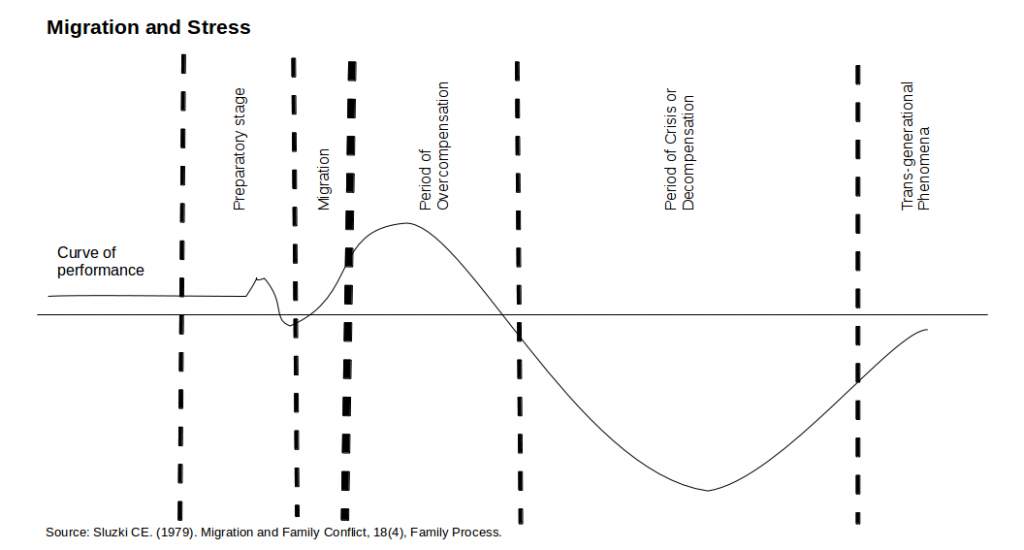By Jennifer Tong
If you live in Ontario, you probably remember the big ice storm of 2013. It was a few days before Christmas. For many, the memories included being forced to leave their homes and stay elsewhere. It was difficult, a struggle. We then had a taste of being ‘displaced persons’, forced to leave where one belongs for a temporary, strange place. Did you realize that in the Bible, Jesus’ birth narratives indicate that he was born in ‘displacement’? Joseph and Mary were forced to leave Nazareth for Bethlehem for a census before Jesus was born (Luke 2). Then in Matthew 2, when Joseph was woken by the angel and told they had to flee for Egypt because of Herod’s destruction plan, Jesus essentially had to spend a large part of his childhood as a refugee in Egypt (more here). Among Jesus’ ‘sorrows’, then, he knew those of being an ‘immigrant’ or a refugee.
When we work in ESL programs, we work mostly with immigrants, who could be displaced persons or refugees. It is, then, good to give thought to patterns of the migration process to increase our understanding of them. Sociologists have observed and articulated the stress patterns of migration, and generally agree that:
(i) Before migration, at the preparatory stage, people are excited about the prospects of moving to a new country and they typically over-perform.
(ii) When the actual migration happens, there is a dip as they experience the difficulties of uprooting and separating from their home country.
(iii) As they are in the new country, there is a brief “honeymoon” or “overcompensating” period where they find everything new, are (over-)confident and seem to be able to enjoy life.
(iv) But as time passes, they become a bit more settled and reality sets in. There is a usually long period of discouragement and under-performance where they feel the pain of separation and losing their own culture as well as the stresses of not being understood in a new culture — a “decompensating” or “crisis / culture shock” period.
(v) Some stay in that stage of culture shock, while others are able to come out from it and move towards an “adjustment / adaptation” stage where they are able to live relatively contentedly and realistically. They take on the new culture while still keeping aspects of their old culture.
This graph below summarizes these stages or phases.

Each immigrant’s journey will be different, and reality is probably more complex and messy than any “model”. Wherever you find your students (or yourself) in this graph, let us remember that discouragements are often good opportunities to seek God, and where you earnestly seek Him, He will be found. Remember, too, Jesus understands the loneliness and pain of immigrants who are still struggling to settle. He identifies with us… such is the good news of Christmas.
Might you have lessons learnt from recognizing these stages in your own experience as an immigrant or in helping your ESL students? How do we gently intervene with help? Please send any responses to eslministries@gmail.com.
[This article was first published in Volume 5.4 of the ESL Link in 2014. Republished with slight adaptations.]

